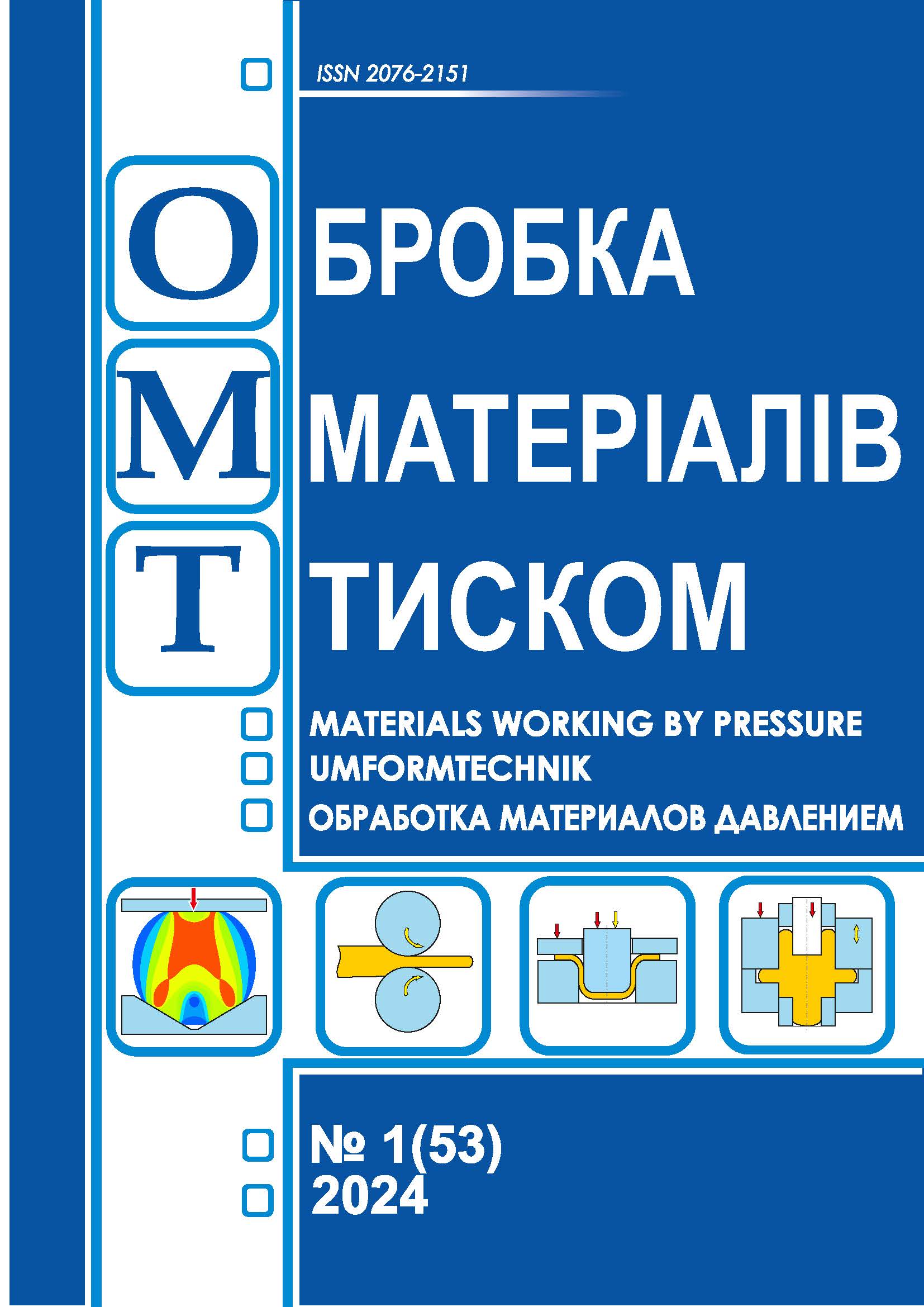Continuous improvement: Kaizen in the materials processing industry
DOI:
https://doi.org/10.37142/2076-2151/2024-1(53)215Keywords:
Kaizen concept, materials processing industry, continuous improvement, product quality, competitiveness, resource efficiency, cost reduction.Abstract
Podlesny S. V.
Continuous improvement: Kaizen in the materials processing industry
The study examines current issues related to the implementation of the Kaizen concept in the materials processing industry, based on continuous improvement. Theoretical and practical issues of using the Kaizen concept are considered in order to improve all aspects of the functioning of materials processing enterprises, solve many production issues and problems, improve the quality of products and services, increase competitiveness, efficient use of resources, increase efficiency and effectiveness, reduce costs and achieve gradual improvements in various aspects of production. Kaizen has become a universal method aimed at continuous improvement in accordance with the requirements of the modern competitive environment. Three sets of Kaizen principles and the benefits that its use provides in the materials processing industry are discussed. The application of Kaizen principles solves the problems of optimizing production processes, standardization, establishing standard operating procedures and best practices, and involving all employees of the enterprise in improvement processes. It is recommended to implement changes using Kaizen using the PDCA approach. A list of principles of the Kaizen philosophy is given that should guide the implementation of changes. The Kaizen philosophy emphasizes the importance of the participation of all employees in the process of continuous improvement. Kaizen methodology, as a systematic approach to continuous improvement, actively uses standardization, data to make decisions and identify areas for improvement. Examples of the possible use of Kaizen to improve individual elements of production are given. It has been shown that Kaizen can be successfully combined with other approaches and technologies, such as 5S, Kanban, Value Stream Mapping, Six Sigma, DMAIC, and digital technologies.

